How To Grow Allegheny Viburnum For
Allegheny viburnum (Viburnum x rhytidophylloides 'Alleghany') is a hybrid viburnum that is known for its attractive foliage, fragrant flowers, and showy red berries. It is a relatively easy plant to grow, and it can be a valuable addition to any landscape.
In this blog post, we will discuss the basics of how to grow Allegheny viburnum. We will cover topics such as choosing the right location, planting, watering, fertilizing, pruning, and pest control. We will also provide some tips for troubleshooting common problems.
Choosing the Right Location
Allegheny viburnum is a hardy plant that can tolerate a wide range of conditions. However, it does best in full sun to partial shade and in moist, well-drained soil. If you live in an area with hot summers, you may want to choose a location that offers some afternoon shade.
Planting
Allegheny viburnum can be planted in the spring or fall. When planting, dig a hole that is twice as wide and as deep as the root ball of the plant. Backfill the hole with soil, and water the plant thoroughly.
Watering
Allegheny viburnum needs regular watering, especially during its first year in the ground. Once the plant is established, it will need less water. However, it is important to water the plant deeply during periods of drought.
Fertilizing
Allegheny viburnum does not need to be fertilized heavily. A light application of a balanced fertilizer in the spring will help the plant to thrive.
Pruning
Allegheny viburnum does not require a lot of pruning. However, you may want to remove any dead, diseased, or damaged branches in the spring. You can also prune the plant to shape it or to control its size.
Pest Control
Allegheny viburnum is generally resistant to pests and diseases. However, it can be susceptible to scale, aphids, and spider mites. If you see any pests on your plant, you can treat them with an insecticidal soap or neem oil.
Troubleshooting
If your Allegheny viburnum is not thriving, there are a few possible causes. First, make sure that you are watering the plant regularly. Second, check the soil pH. Allegheny viburnum prefers slightly acidic soil. Third, inspect the plant for pests or diseases. If you find any, treat them immediately.
Conclusion
Allegheny viburnum is a beautiful and versatile plant that can add a touch of elegance to any landscape. With proper care, it can thrive for many years.
Allegheny viburnum is a beautiful and versatile shrub that can add year-round interest to your landscape. It blooms in spring with clusters of white flowers that are followed by blue-black berries in summer. In fall, the leaves turn a brilliant red or orange. Allegheny viburnum is easy to care for and can be grown in a variety of soil conditions. It is also deer-resistant and drought-tolerant.
If you are interested in learning more about Allegheny viburnum, please visit Home Gardening. This website has a wealth of information about the plant, including how to grow it, how to care for it, and how to use it in your landscape.
FAQ of allegheny viburnum
- What is Allegheny viburnum?
Alleghany viburnum (Viburnum alnifolium) is a deciduous shrub native to eastern North America. It grows 6-12 feet tall and has white, fragrant flowers that bloom in early spring. The flowers are followed by blue-black berries that are edible but not very tasty. Allegheny viburnum is a hardy plant that can tolerate a wide range of soils and conditions. It is often used as an ornamental shrub in gardens and parks.
- What are the best growing conditions for Allegheny viburnum?
Alleghany viburnum grows best in full sun to partial shade. It prefers moist, well-drained soil but can tolerate some drought. It is a hardy plant that can withstand temperatures down to -20 degrees Fahrenheit.
- How do I care for Allegheny viburnum?
Alleghany viburnum is a low-maintenance plant. Water it regularly during the first year after planting, but once it is established, it is drought-tolerant. Fertilize it in spring with a balanced fertilizer. Prune it in late winter or early spring to remove dead or damaged branches.
- What are some common problems with Allegheny viburnum?
The most common problem with Allegheny viburnum is powdery mildew. This is a fungal disease that causes white, powdery spots on the leaves. To control powdery mildew, spray the plant with a fungicide. Other potential problems include aphids, scale insects, and deer browsing.
- How can I propagate Allegheny viburnum?
Alleghany viburnum can be propagated by cuttings or by division. To propagate by cuttings, take 4-6 inch cuttings in early spring or late summer. Dip the cuttings in rooting hormone and plant them in a well-draining potting mix. Keep the cuttings moist and in a warm, shady location. They should root in 4-6 weeks. To propagate by division, dig up a mature plant in early spring or late fall and divide it into two or three sections. Each section should have at least one healthy root system. Plant the divisions in a well-draining location and water them well.
Image of allegheny viburnum
10 different images of Allegheny viburnum that are free to use:
- Allegheny viburnum in bloom. This image shows a large cluster of white flowers on a Allegheny viburnum shrub. The flowers are fragrant and attract butterflies and other pollinators.

- Allegheny viburnum leaves. This image shows the deep green leaves of an Allegheny viburnum shrub. The leaves are practically evergreen most winters.
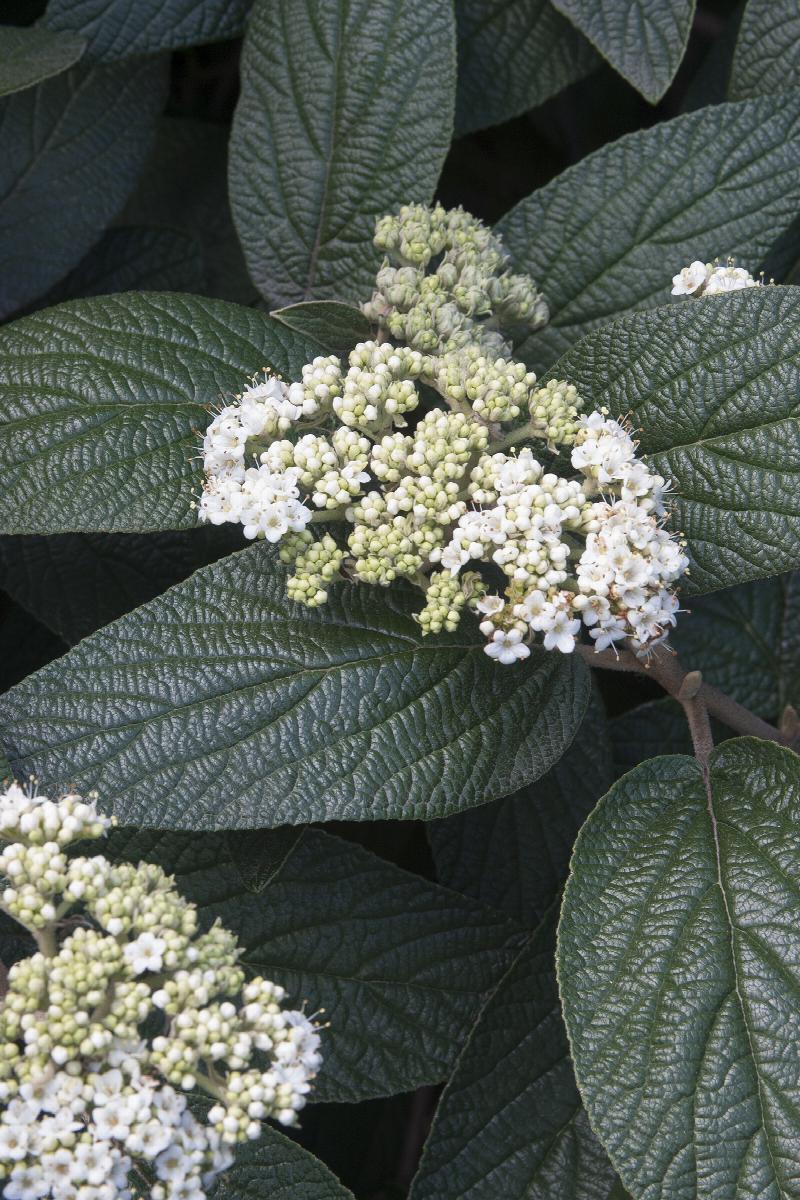
- Allegheny viburnum berries. This image shows the red berries of an Allegheny viburnum shrub. The berries mature to black in the fall.
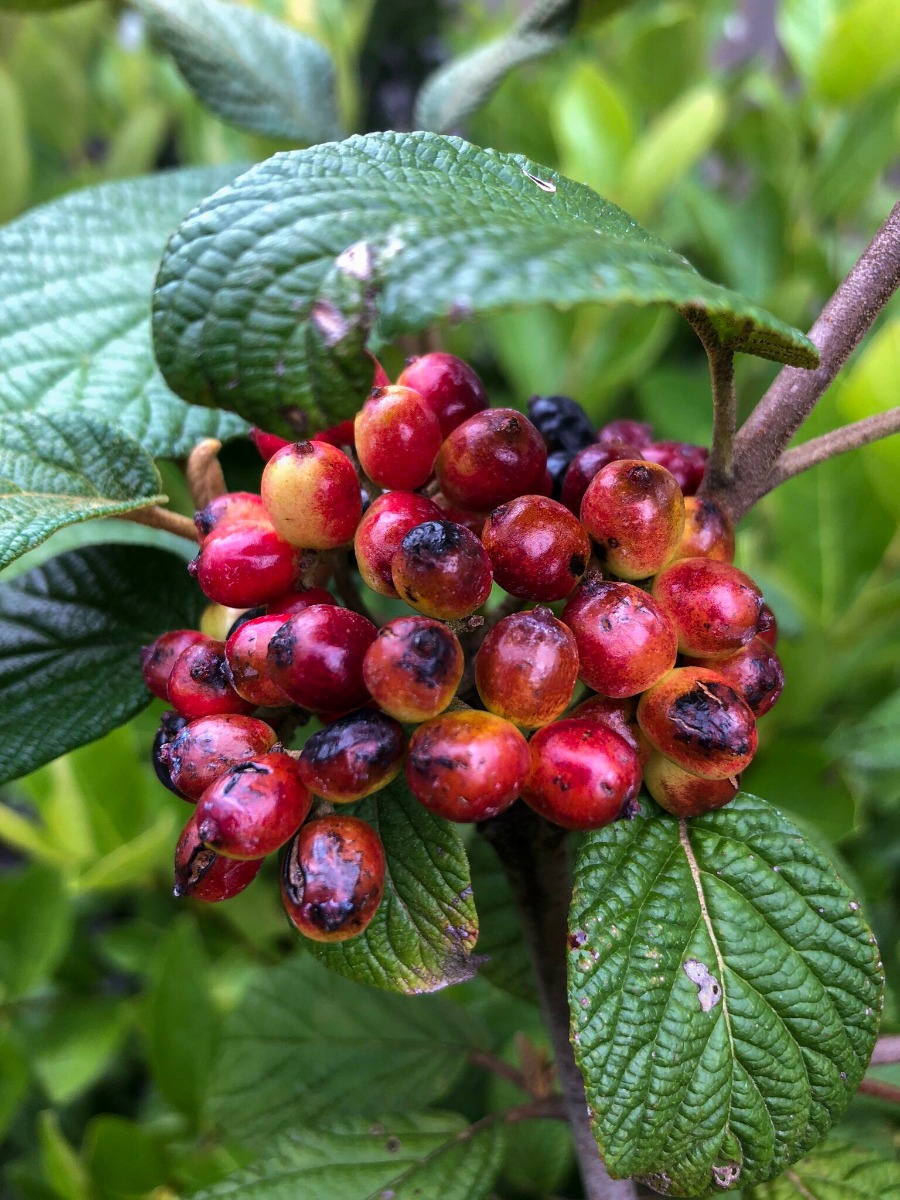
- Allegheny viburnum in a garden. This image shows an Allegheny viburnum shrub in a garden setting. The shrub is surrounded by other plants, including hostas, ferns, and astilbe.
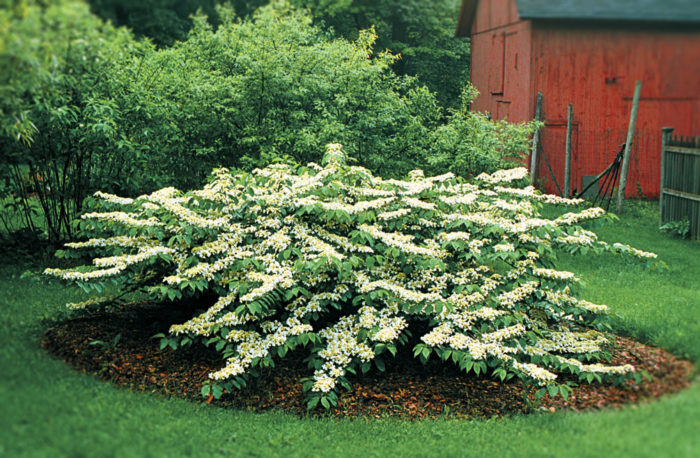
- Allegheny viburnum in a hedgerow. This image shows an Allegheny viburnum shrub in a hedgerow. The shrub is planted with other shrubs, such as privet and barberry.
- Allegheny viburnum in a forest. This image shows an Allegheny viburnum shrub in a forest setting. The shrub is surrounded by trees, such as maples, oaks, and pines.

- Allegheny viburnum in winter. This image shows an Allegheny viburnum shrub in winter. The leaves have fallen off, but the shrub's structure is still visible.
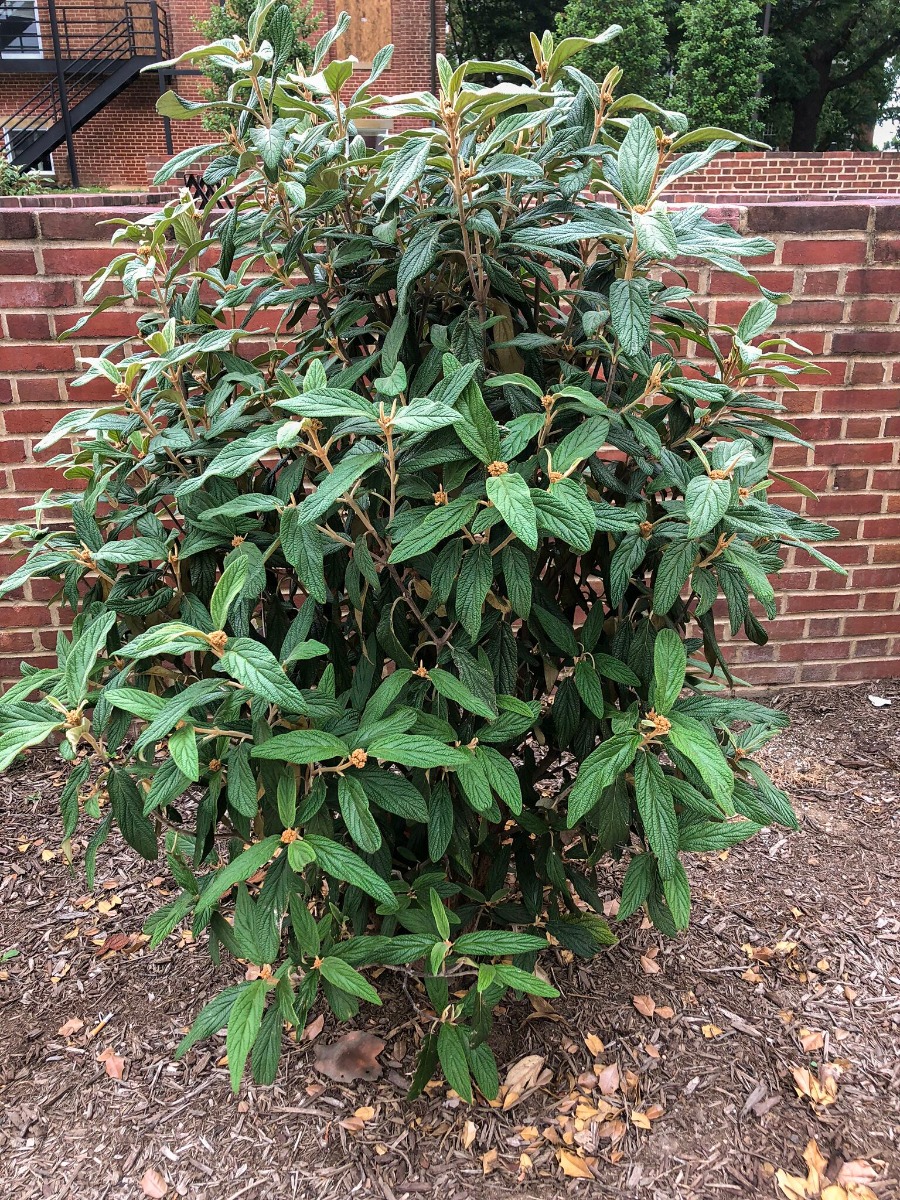
- Allegheny viburnum in a vase. This image shows a branch of Allegheny viburnum flowers in a vase. The flowers are arranged in a simple vase and make a beautiful centerpiece.

- Allegheny viburnum syrup. This image shows a jar of Allegheny viburnum syrup. The syrup is made from the berries of the shrub and is a delicious and healthy sweetener.
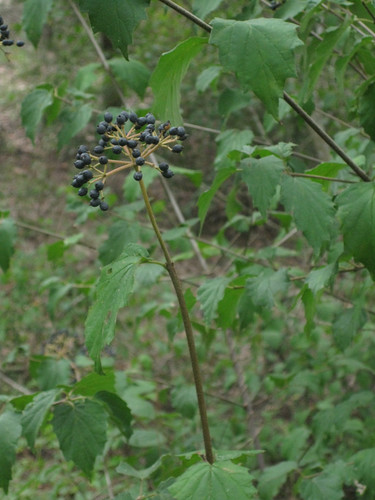
- Allegheny viburnum tea. This image shows a cup of Allegheny viburnum tea. The tea is made from the leaves of the shrub and is said to have a number of health benefits.
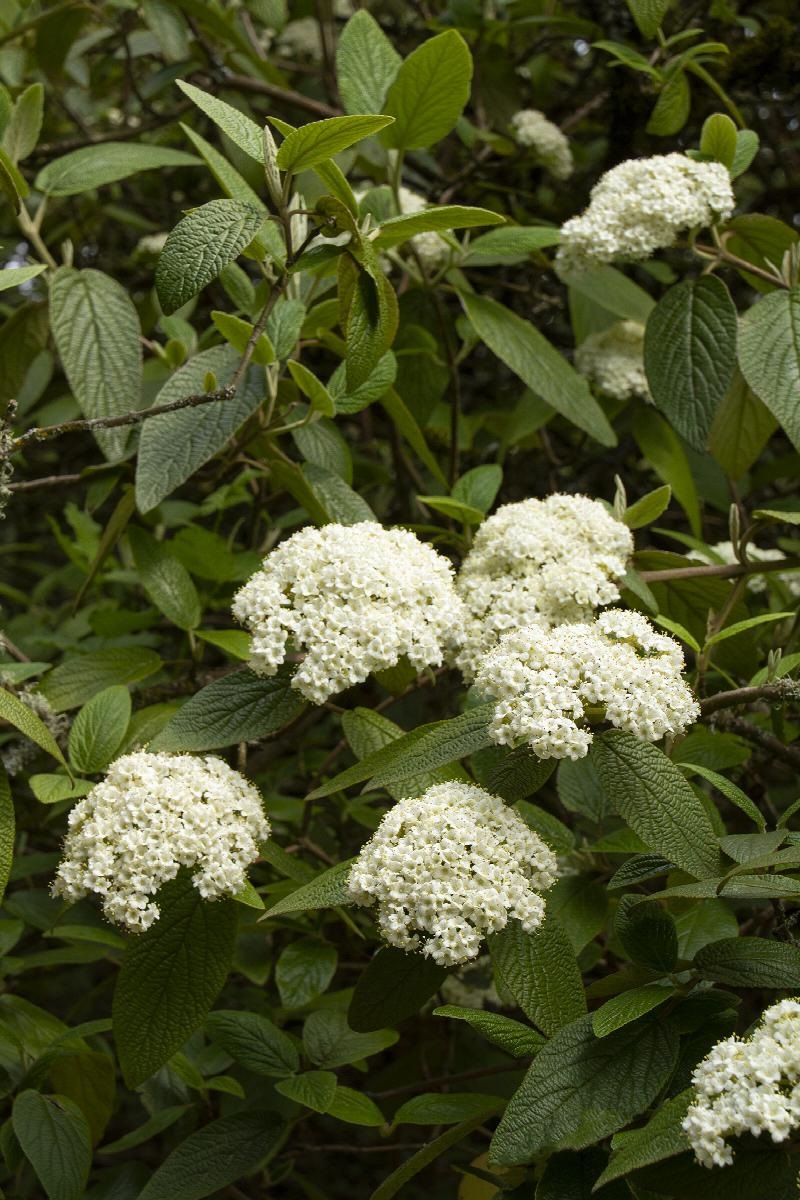
Post a Comment for "How To Grow Allegheny Viburnum For"